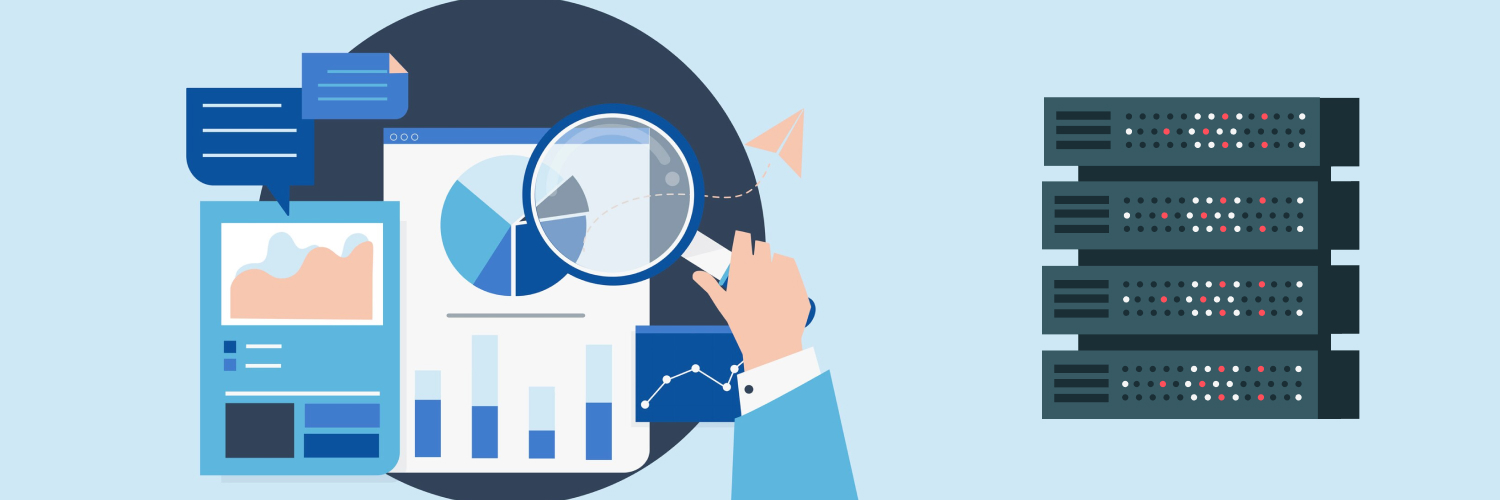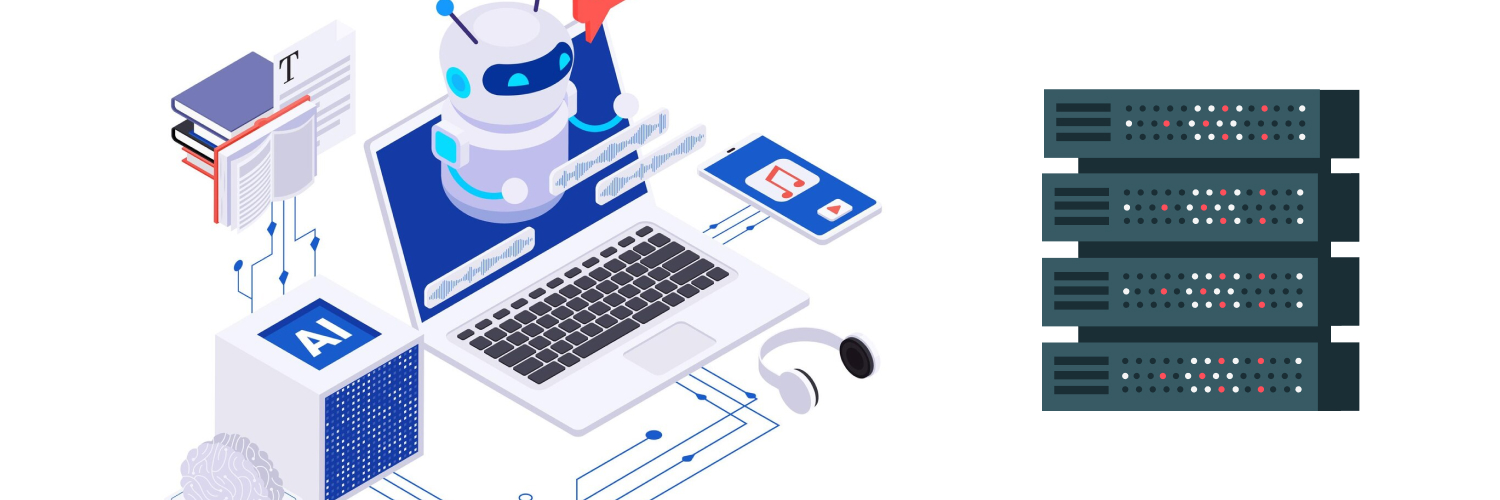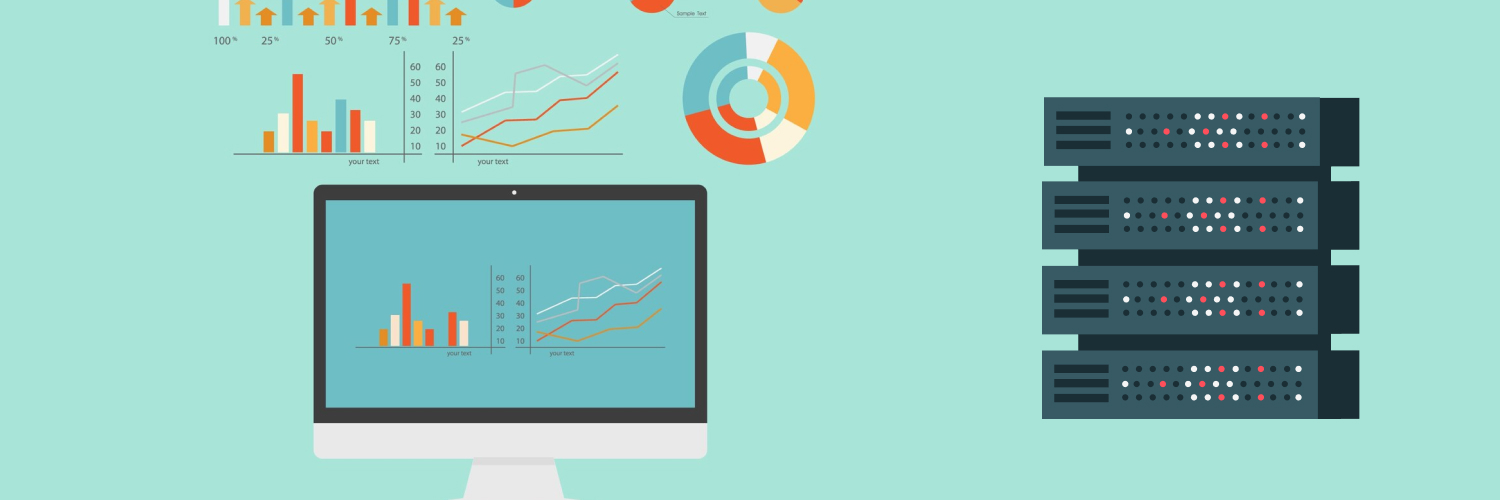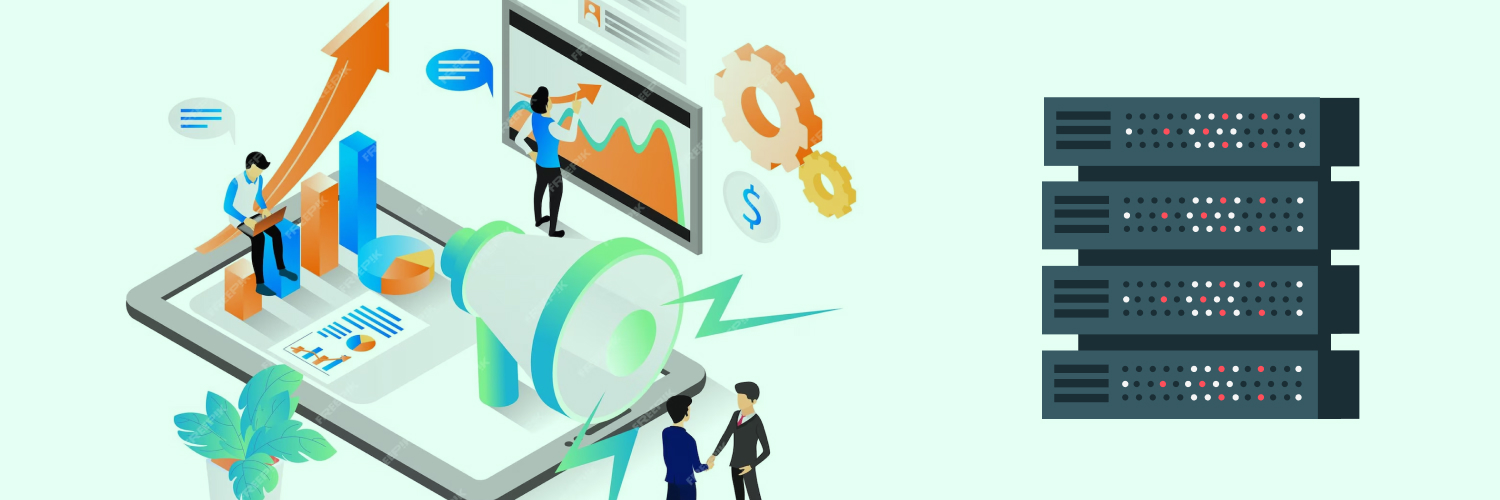Analytics Strategies: How To Collect Smart Data for Business
Companies use comprehensive analytics strategies to mine and decipher data from the internet. Using the right tools can give you an edge over your competition by allowing you to access and analyze information that can be used for strategic decision-making.
In many cases, internet data is restricted by your location — but accessing websites beyond your geographical boundary gives you insights into your business, particularly if you operate in more than one location. Tools like residential proxies help you collect and sift through this data.
This blog post focuses on how to create an effective analytics strategy and the tools you can use to implement your goals. It starts by exploring the purpose of a web analytics strategy, how to develop your strategy, and resources that can be used to implement it.
What Is Data Analytics Strategy?

A big data analytics strategy refers to how your company collects, organizes,
stores, and analyzes different types of data. Due to the sheer volume of data on the internet, your company needs a strategy to mine, categorize, and analyze relevant data.
Whenever a company records data, it remains on the internet. This information can then be mined and analyzed to gain insight into your customers, refine your marketing and sales tactics, and improve your customer service, among other uses. Developing an analytics strategy framework helps you find the right information and leverage it to improve your business.
What Are the Components of Data Analytics Strategy?

Data analytics are essential for everything from budget development to the assessment of the effectiveness of your marketing strategies.
Defining Your Objectives
The most important part of creating your strategy is to clearly define your objectives for the data.
Setting goals for data analytics and creating a strategy around these goals gives you tools to stay flexible and identify opportunities and threats to your business.
Setting your goals also lets you determine what you need to address. Assess what you want to measure, create questions you want to answer, and identify key performance indicators you want to implement to achieve your objectives.
Determining What Kind of Data to Collect and How to Do It
You have to determine what kind of information you’re going to collect and how you’re going to collect it. Establish which sources you will be using to collect data — whether it is in-house or external.
Collecting external data can be tricky because you may be limited not only by your location but also by the website from which you are trying to mine the data. If you are interested in collecting information from competitors, they will likely have systems in place to make it difficult.
If your goal is to assess the effectiveness of your marketing and retool advertising to reach different segments, you will likely use different analytics tools than you would use to improve internal processes for better customer service.
Considering Privacy Laws and Licensing Restrictions
When you know what you want to collect and how you want to collect it, you can start looking into issues like privacy laws and licensing restrictions. These might keep you from accessing desired metrics.
Managing How the Data Will Be Analyzed and Used
Finally, your strategy should determine how data will be managed. Someone in the company should be responsible for analyzing and managing the data. Often, this responsibility falls to the Chief Information Officer (CIO).
Some companies only make their data accessible to a small number of employees. But empowering lower-level employees to see the results of your analytics strategy can help them perform better. If your primary goal for analytics involves streamlining parts of your service delivery, letting front-line workers see analytics reports might give them ideas on improving the customer service process at their level.
Keeping your data centralized might make it easier to control, but you could be missing out on key insights and other useful applications.
What Kinds of Tools Can Be Used for Data Analytics?

Many tactics and tools can be used to mine data. These include residential proxies, web scraping, sentiment analysis, eCommerce insights, and more. Many of these tools are used to assess a company’s reputation and image among customers, but residential proxies and web scraping also have other applications.
You can use any or all of these tactics and tools as part of your strategy. All of them provide valuable information you can use in many ways to benefit your company.
Residential and Data Center Proxies
A proxy serves as an intermediary between your company and the website from which you are trying to gather data.
Residential proxies allow you to set a location that is different from your IP address to access information from other locations. You can choose a specific city, country, or mobile provider and surf the internet as though you were in that location. Residential proxies allow for better anonymity because they link you to a dedicated IP address.
Data center proxies are not affiliated with an internet service provider, and they usually come from a cloud server. They are usually faster but aren’t considered private.
Proxies are useful for web scraping, ad verification, testing affiliate links, and other instances in which you need to hide your location. For businesses operating in eCommerce, a proxy makes it easier for you to scrape data from another eCommerce site. Most online stores don’t want competitors to access their data and use tools to block these uses.
Other uses for proxies as part of your data analytics strategy include trends analysis and the development of local SEO. By setting a different location as your proxy, you can look into trends in satellite areas and improve your website to drive traffic to your locations in other cities.
Some websites ban the use of proxies, leading to more downtime and slower data downloads. Choosing the right proxy provider can help you get around these bans and restrictions, allowing you to access data when you need it.
Web Scraping
Web scraping involves using special software to collect information from websites. It is a valuable resource that saves time and energy because you don’t have to manually sift through piles of information. This software downloads information directly into a spreadsheet on your computer, allowing you to perform a side-by-side comparison of relevant data. Proxies are essential for web scraping because they let you access data from all locations.
Ledgeview Partners, a consulting firm specializing in sales and marketing, estimated that 40% of all data-based tasks would be automated by 2020. Web scraping software is one tool that allows you to automate the data mining process, freeing up time and gathering more relevant information for your data analysts and your project team.
Sentiment Analysis
Any goal that involves improved marketing or customer service can be achieved in part by conducting sentiment analysis or opinion mining.
This technique involves analyzing a piece of writing to determine its sentiment. You can read through Amazon reviews, Google reviews, social media posts, articles, and other sources to assess how people are talking about your company online. If you’ve recently launched a new product, sentiment analysis can be used to find reviews.
As part of your data analytics strategy, you can incorporate sentiment analysis to:
- Assess public opinion
- Evaluate your brand recognition
- Examine customer responses to different products and services
Sentiment analysis can be performed using a statistical approach that utilizes machine learning to collect and analyze data. It can also be performed using a knowledge-based approach, which still involves automated data collection, but also incorporates data interpretation by people. Many companies use a hybrid approach that combines elements of each method because it produces accurate results.
How Can You Use Data Analytics Strategy?

Data analytics can be applied in any situation that calls for informed decision-making.
Building Your Brand
You can use it to improve and build your brand.
Tools like sentiment analysis can help you assess how to better serve your customers. Data analytics can be used to identify short and long-term trends impacting your industry, allowing you to be prepared for potential long-term threats.
Identifying Ways to Grow Your Business
You can use these tools to identify new market segments or product lines, which improves your chances of successfully growing your business. Data analytics can give you insights into popular product lines, and it can help you identify new marketing strategies for products that aren’t moving quickly.
Improving Customer Service
Having access to more accurate information also lets you prevent service breakdowns. With tools like sentiment analysis and web scraping, you can mine internet data to identify patterns in customer complaints. You might discover a part of your customer service process or product fulfillment process that breaks down consistently.
Many customer complaints might be one-off situations that don’t occur often, but others might be caused by part of your process that should be refined. Being able to identify these gaps in your internal processes lets you solve the problem to better serve all of your customers.
Ready to Get Started on Data Analytics Strategy?

Every company needs access to internet data for informed decision-making. Developing a digital analytics strategy based on your goals helps you choose the right tools for your business. Once your strategy is in place, you will be able to improve how you operate your business and service your customers.
If you need a large number of IPs for your data analytics strategy, reach out to our team. We offer a custom trial of residential proxies and data center proxies available in multiple packages. Our team members will help you determine the best package for you to help you effectively implement your data analytics strategy.
The information contained within this article, including information posted by official staff, guest-submitted material, message board postings, or other third-party material is presented solely for the purposes of education and furtherance of the knowledge of the reader. All trademarks used in this publication are hereby acknowledged as the property of their respective owners.





